There are a variety of reports in the Food Processor program that can help you assess your client’s dietary intake and activity level. These reports can also be used to facilitate conversations with your clients. This blog will go over a few of the available reports as well as useful tips.
Before viewing your reports you’ll want to select the appropriate Nutrients to View list.
The Nutrients to View list dictates what nutrients and nutritional components you will see in your reports and on the Nutrients tab when creating or editing Recipes and Ingredients.
You do so by going to Nutrients to View on the Home ribbon and choosing one of the available lists or creating your own. Watch the tutorial for instructions on modifying your Nutrients to View set:


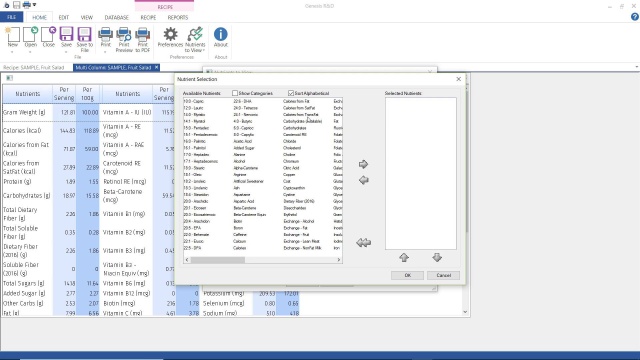
3:26
The Recommendations Report lists the recommended daily nutrient intake for a Person based on the information entered for age, gender profile, activity level, height, and weight. Recommendations are based on the individual’s current DRI (Dietary Reference Intakes) standards, as published by the Institute of Medicine.
The list of nutrients and components displayed on the Recommendations report is based on the Nutrients to View set you have selected. You may notice that some of the nutrients displayed do not have a DRI recommendation listed. This is because not all nutrients (e.g. Total Sugars and Added Sugars) have a set DRI recommendation.
Tip: You can override the recommendations calculated by the program if you need to apply specific, adjusted values. Overrides will appear in red on this report.
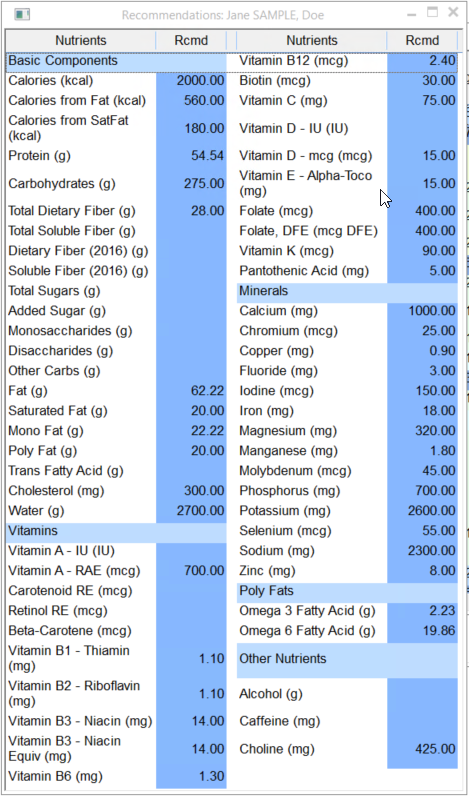
The Spreadsheet Report shows the nutrient values for foods entered into the Daily Intake. You can view nutrient amounts for individual foods, meals, or days. The average daily intake is totaled for each nutrient at the bottom of the report along with the percent recommendation met per day.
Tip: When you see a double dash in the Spreadsheet report, this indicates the values for that nutrient are missing (this is not the same as a 0), which could cause the comparisons to be inaccurate and should be accounted for when evaluating your clients’ dietary intakes.
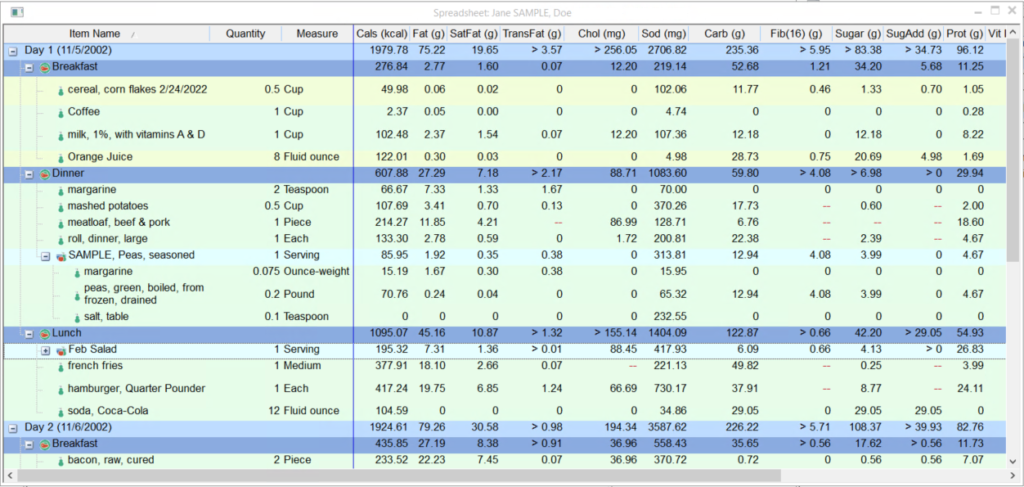
The Multi-Column report provides an overall nutrient data summary of the Recipe or Daily Intake. If your intake is comprised of more than one day, the values will be an average of all days.
Tip: Totals (and averages) interpret missing values as 0, so confirm that all foods in your intake are populated with values for the nutrients you want to assess. (Use the Spreadsheet report to look for missing values.)
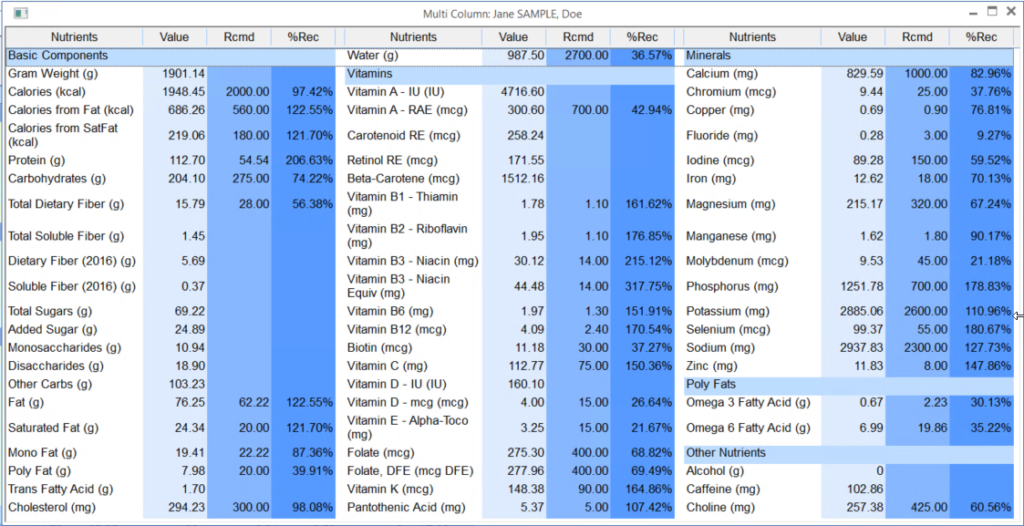
The MyPlate Report shows a comparison of the recommended USDA MyPlate equivalents to the actual intake of foods consumed.
Tip: If the actual intake values seem low, check to see if all of the foods have MyPlate values populated. Some foods, like sweets or excessively fatty foods that provide extra Calories, as well as foods from international sources, may not report MyPlate serving information.

This view takes the activity and duration entered and uses the Resting Energy Expenditure (REE) and activity calories expended to calculate the total calories expended. The MET (metabolic equivalent for task) data comes from the American College of Sports Medicine. One MET equals the number of calories that your body burns at rest and values go up from there. The higher the MET value, the more intense the exercise.
Tip: if you can’t find your specific exercise in the list, pick an exercise of comparable type and intensity, and the program calculations should be close.
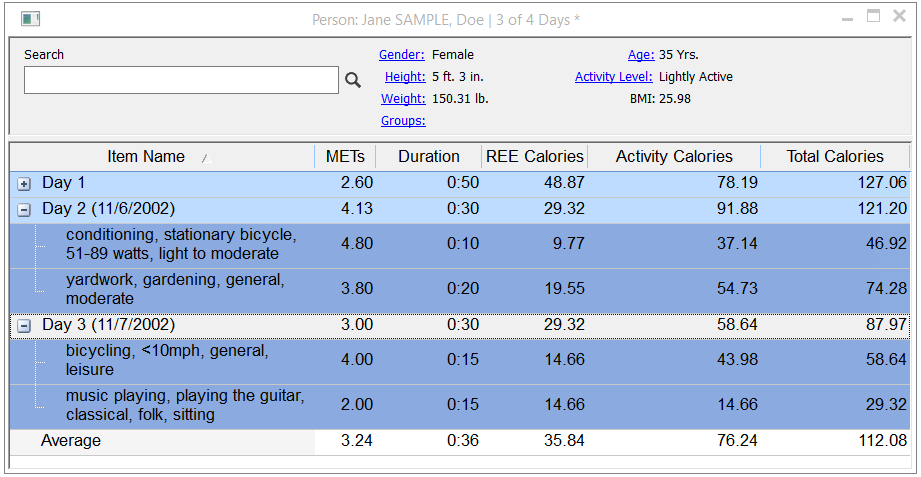
Learn More
For more information on Food Processor reports, see this tutorial:

Other posts you might be interested in
View All Posts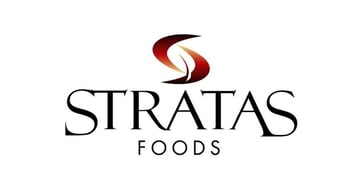
Supplier Compliance
4 min read
| January 2, 2020
Maintaining Service Excellence as a Major Supplier with Stratas Foods
Read More
Food Industry
6 min read
| September 20, 2018
Food Fraud: Reducing the Risks and Ensuring Food Safety
Read More
8 min read
| May 16, 2023

